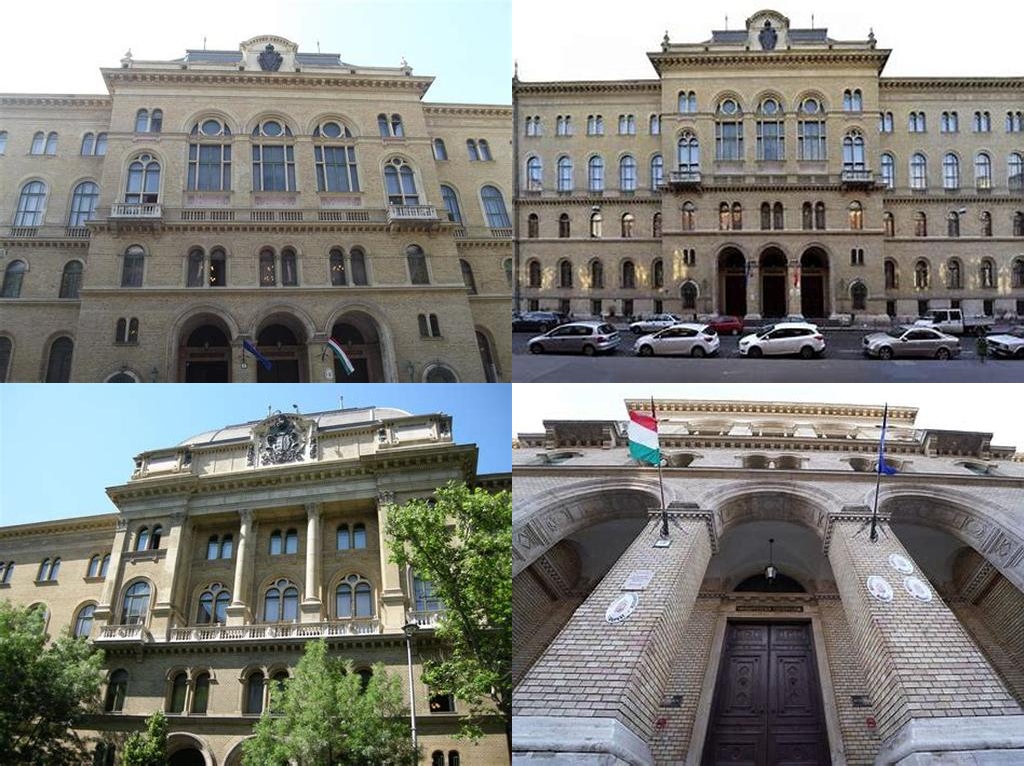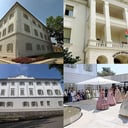
A Fővárosi Törvényszék épülete sits with quiet authority on Markó utca, standing among Budapest’s stately architecture as a fascinating crossroads of history, law, and artistry. Completed in 1896, the year Hungary celebrated its millennium, this noble edifice is more than just a courthouse—for anyone wandering the city and craving stories carved into stone, this building beckons with secrets.
The design comes courtesy of one of Hungary’s finest architects, Ferenc Alajos Hauszmann, whose genius helped usher Budapest into its golden age. His vision for the court wasn’t just about function. He wanted this to be a palace of justice, a space that communicated the importance of law in a society eager for modern institutions. As you stand before the facade, you can’t help but notice how Hauszmann drew inspiration from Renaissance and Baroque motifs. There are grand columns holding aloft richly adorned pediments, and hundreds of sculpted details demand a second or even third look. Colorful Zsolnay ceramics from Pécs add a flourish—the same kind of intricate tilework that lights up the city’s best fin de siècle buildings.
The outside is only the opening sentence. Step inside and a sweeping staircase and vast halls echo Budapest’s grand ambitions as a city at the crossroads of empire and independence. The interior is both stately and surprisingly human. There’s dazzling stained glass that catches the sun in late morning, painting kaleidoscopic patterns along the corridors. Elegant woodwork and classical friezes evoke a bygone world. If you ever wonder why so many period films or law dramas shoot here, it’s because the court still feels lived-in and urgent. This is no museum; it’s a living institution where important decisions still shape the lives of Budapesters.
And the stories! If these walls could talk, you’d hear plenty beyond the dry language of case law. During the 1956 Hungarian Revolution, the building was a silent witness to those turbulent days when students and workers fought for freedom in these very streets. Trials here reflected the shifting currents of Hungarian history: from Habsburg rule to two world wars, from communist repression to democratic renewal. Wandering these hallways is to walk through Hungary’s twentieth-century struggles and triumphs. Even the statues and reliefs—such as those of Themis, the Greek goddess of justice—whisper of the nation’s deep connection to fairness and resilience.
Don’t let the current role of this building scare you off. It’s true—this is where real legal proceedings happen, so in some areas hushed respect is in order. Sometimes there are exhibitions or guided tours that let you peer behind the scenes. But even from the outside, the edifice hums with gravitas; stand beneath the statues at dusk and the lamps throw dramatic shadows over the steps, giving a cinematic sense of drama to the city.
And the neighborhood? Right nearby you’ll find the Margaret Bridge with its spectacular views over the Danube, and a short stroll leads to the lush parks around Nyugati pályaudvar. Café culture is alive and unhurried nearby, perfect for absorbing the subtle weight of this landmark before heading off to see Budapest’s other wonders.
In a city brimming with thermal baths, radical architecture, and spectacular ruin pubs, the Budapest Metropolitan Court is another flavor: a piece of living history with elegance and stories etched into every column and corridor. It’s a reminder that, sometimes, the most compelling places are those where the past is still very much at work in the present.





